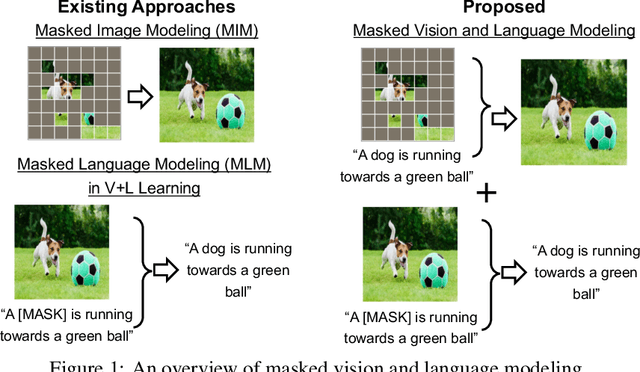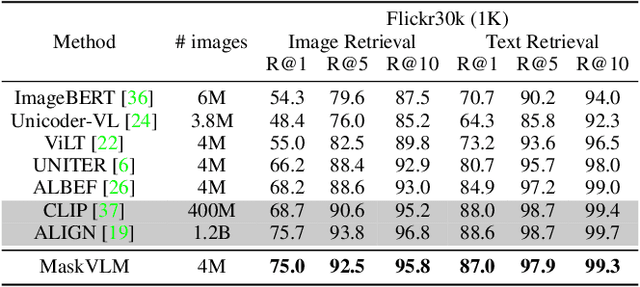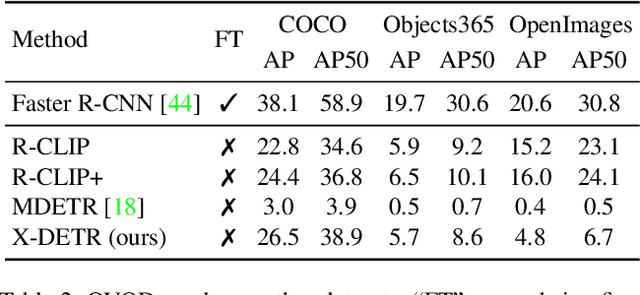Erhan Bas
Modality-Independent Explainable Detection of Inaccurate Organ Segmentations Using Denoising Autoencoders
Apr 16, 2025Abstract:In radiation therapy planning, inaccurate segmentations of organs at risk can result in suboptimal treatment delivery, if left undetected by the clinician. To address this challenge, we developed a denoising autoencoder-based method to detect inaccurate organ segmentations. We applied noise to ground truth organ segmentations, and the autoencoders were tasked to denoise them. Through the application of our method to organ segmentations generated on both MR and CT scans, we demonstrated that the method is independent of imaging modality. By providing reconstructions, our method offers visual information about inaccurate regions of the organ segmentations, leading to more explainable detection of suboptimal segmentations. We compared our method to existing approaches in the literature and demonstrated that it achieved superior performance for the majority of organs.
Enhancing SAM with Efficient Prompting and Preference Optimization for Semi-supervised Medical Image Segmentation
Mar 06, 2025Abstract:Foundational models such as the Segment Anything Model (SAM) are gaining traction in medical imaging segmentation, supporting multiple downstream tasks. However, such models are supervised in nature, still relying on large annotated datasets or prompts supplied by experts. Conventional techniques such as active learning to alleviate such limitations are limited in scope and still necessitate continuous human involvement and complex domain knowledge for label refinement or establishing reward ground truth. To address these challenges, we propose an enhanced Segment Anything Model (SAM) framework that utilizes annotation-efficient prompts generated in a fully unsupervised fashion, while still capturing essential semantic, location, and shape information through contrastive language-image pretraining and visual question answering. We adopt the direct preference optimization technique to design an optimal policy that enables the model to generate high-fidelity segmentations with simple ratings or rankings provided by a virtual annotator simulating the human annotation process. State-of-the-art performance of our framework in tasks such as lung segmentation, breast tumor segmentation, and organ segmentation across various modalities, including X-ray, ultrasound, and abdominal CT, justifies its effectiveness in low-annotation data scenarios.
Let's Go Shopping -- Web-Scale Image-Text Dataset for Visual Concept Understanding
Jan 09, 2024Abstract:Vision and vision-language applications of neural networks, such as image classification and captioning, rely on large-scale annotated datasets that require non-trivial data-collecting processes. This time-consuming endeavor hinders the emergence of large-scale datasets, limiting researchers and practitioners to a small number of choices. Therefore, we seek more efficient ways to collect and annotate images. Previous initiatives have gathered captions from HTML alt-texts and crawled social media postings, but these data sources suffer from noise, sparsity, or subjectivity. For this reason, we turn to commercial shopping websites whose data meet three criteria: cleanliness, informativeness, and fluency. We introduce the Let's Go Shopping (LGS) dataset, a large-scale public dataset with 15 million image-caption pairs from publicly available e-commerce websites. When compared with existing general-domain datasets, the LGS images focus on the foreground object and have less complex backgrounds. Our experiments on LGS show that the classifiers trained on existing benchmark datasets do not readily generalize to e-commerce data, while specific self-supervised visual feature extractors can better generalize. Furthermore, LGS's high-quality e-commerce-focused images and bimodal nature make it advantageous for vision-language bi-modal tasks: LGS enables image-captioning models to generate richer captions and helps text-to-image generation models achieve e-commerce style transfer.
On the Performance of Multimodal Language Models
Oct 04, 2023Abstract:Instruction-tuned large language models (LLMs) have demonstrated promising zero-shot generalization capabilities across various downstream tasks. Recent research has introduced multimodal capabilities to LLMs by integrating independently pretrained vision encoders through model grafting. These multimodal variants undergo instruction tuning, similar to LLMs, enabling effective zero-shot generalization for multimodal tasks. This study conducts a comparative analysis of different multimodal instruction tuning approaches and evaluates their performance across a range of tasks, including complex reasoning, conversation, image captioning, multiple-choice questions (MCQs), and binary classification. Through rigorous benchmarking and ablation experiments, we reveal key insights for guiding architectural choices when incorporating multimodal capabilities into LLMs. However, current approaches have limitations; they do not sufficiently address the need for a diverse multimodal instruction dataset, which is crucial for enhancing task generalization. Additionally, they overlook issues related to truthfulness and factuality when generating responses. These findings illuminate current methodological constraints in adapting language models for image comprehension and provide valuable guidance for researchers and practitioners seeking to harness multimodal versions of LLMs.
Detecting and Preventing Hallucinations in Large Vision Language Models
Aug 18, 2023



Abstract:Instruction tuned Large Vision Language Models (LVLMs) have significantly advanced in generalizing across a diverse set of multi-modal tasks, especially for Visual Question Answering (VQA). However, generating detailed responses that are visually grounded is still a challenging task for these models. We find that even the current state-of-the-art LVLMs (InstructBLIP) still contain a staggering 30 percent of the hallucinatory text in the form of non-existent objects, unfaithful descriptions, and inaccurate relationships. To address this, we introduce M-HalDetect, a (M)ultimodal (Hal)lucination (Detect)ion Dataset that can be used to train and benchmark models for hallucination detection and prevention. M-HalDetect consists of 16k fine-grained annotations on VQA examples, making it the first comprehensive multi-modal hallucination detection dataset for detailed image descriptions. Unlike previous work that only consider object hallucination, we additionally annotate both entity descriptions and relationships that are unfaithful. To demonstrate the potential of this dataset for hallucination prevention, we optimize InstructBLIP through our novel Fine-grained Direct Preference Optimization (FDPO). We also train fine-grained multi-modal reward models from InstructBLIP and evaluate their effectiveness with best-of-n rejection sampling. We perform human evaluation on both FDPO and rejection sampling, and find that they reduce hallucination rates in InstructBLIP by 41% and 55% respectively. We also find that our reward model generalizes to other multi-modal models, reducing hallucinations in LLaVA and mPLUG-OWL by 15% and 57% respectively, and has strong correlation with human evaluated accuracy scores.
Masked Vision and Language Modeling for Multi-modal Representation Learning
Aug 03, 2022



Abstract:In this paper, we study how to use masked signal modeling in vision and language (V+L) representation learning. Instead of developing masked language modeling (MLM) and masked image modeling (MIM) independently, we propose to build joint masked vision and language modeling, where the masked signal of one modality is reconstructed with the help from another modality. This is motivated by the nature of image-text paired data that both of the image and the text convey almost the same information but in different formats. The masked signal reconstruction of one modality conditioned on another modality can also implicitly learn cross-modal alignment between language tokens and image patches. Our experiments on various V+L tasks show that the proposed method not only achieves state-of-the-art performances by using a large amount of data, but also outperforms the other competitors by a significant margin in the regimes of limited training data.
X-DETR: A Versatile Architecture for Instance-wise Vision-Language Tasks
Apr 12, 2022



Abstract:In this paper, we study the challenging instance-wise vision-language tasks, where the free-form language is required to align with the objects instead of the whole image. To address these tasks, we propose X-DETR, whose architecture has three major components: an object detector, a language encoder, and vision-language alignment. The vision and language streams are independent until the end and they are aligned using an efficient dot-product operation. The whole network is trained end-to-end, such that the detector is optimized for the vision-language tasks instead of an off-the-shelf component. To overcome the limited size of paired object-language annotations, we leverage other weak types of supervision to expand the knowledge coverage. This simple yet effective architecture of X-DETR shows good accuracy and fast speeds for multiple instance-wise vision-language tasks, e.g., 16.4 AP on LVIS detection of 1.2K categories at ~20 frames per second without using any LVIS annotation during training.
 Add to Chrome
Add to Chrome Add to Firefox
Add to Firefox Add to Edge
Add to Edge